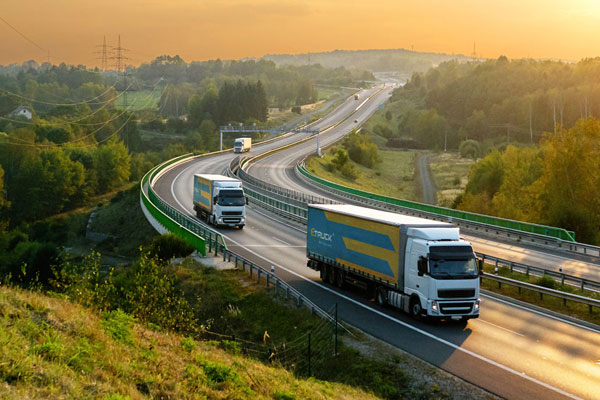Evaluating Cross-Border Logistics Between Vietnam and Laos

As Vietnam and Laos continue to strengthen their economic ties, efficient cross-border logistics have become pivotal for trade facilitation and regional integration. The movement of goods between these countries not only supports bilateral commerce but also plays a crucial role in connecting the broader Southeast Asian region.
Strategic Importance of Vietnam-Laos Logistics
Vietnam and Laos share a border stretching over 2,340 kilometers, making land transport the most viable mode for trade. Key border crossings such as Lao Bảo–Dansavan and Cầu Treo–Nam Phao serve as major conduits for goods movement. These routes are integral parts of the East–West Economic Corridor, enhancing connectivity from Myanmar through Thailand and Laos to Vietnam’s central provinces and ports like Đà Nẵng .Wikipedia+1TGL Group+1Wikipedia
Current Infrastructure and Services
Recent years have seen significant improvements in road infrastructure linking Vietnam and Laos. For instance, the Hanoi–Lao Cai Expressway facilitates faster movement of goods towards the northern border, while the development of the Vientiane–Vũng Áng railway aims to provide Laos with direct access to Vietnam’s seaports .Wikipedia
Logistics companies like ALS and Bee Logistics have capitalized on these infrastructural developments, offering cross-border trucking services that ensure timely delivery of goods between the two nations .ALS+1beelogistics.com+1
Challenges in Cross-Border Logistics
Despite advancements, several challenges persist:
-
Infrastructure Disparities: While Vietnam boasts relatively advanced logistics infrastructure, Laos, being landlocked, faces limitations in transport facilities, leading to increased transit times and costs .
-
Regulatory Hurdles: Differences in customs procedures and regulatory frameworks can cause delays. Harmonizing these processes remains a work in progress under ASEAN initiatives.
-
Limited Backhaul Opportunities: The imbalance in trade volumes often results in trucks returning empty, increasing operational costs for logistics providers .
Opportunities for Enhancement
To overcome these challenges and optimize cross-border logistics:
-
Infrastructure Investment: Continued investment in Laos’s transport infrastructure, including road and rail networks, is essential. Projects like the Boten–Vientiane railway, part of the Laos–China Railway, exemplify steps towards improved connectivity .Wikipedia
-
Digitalization of Customs Procedures: Implementing electronic data interchange systems can streamline customs processes, reducing clearance times and enhancing transparency.
-
Public-Private Partnerships (PPPs): Encouraging collaborations between governments and private entities can mobilize resources for infrastructure projects and service improvements.
Conclusion
Efficient cross-border logistics between Vietnam and Laos are vital for economic growth and regional integration. While challenges exist, strategic investments, regulatory harmonization, and technological adoption can pave the way for a more seamless and cost-effective logistics landscape.
For businesses seeking to navigate the complexities of Vietnam-Laos logistics, partnering with experienced logistics providers and staying informed about infrastructural developments is crucial.